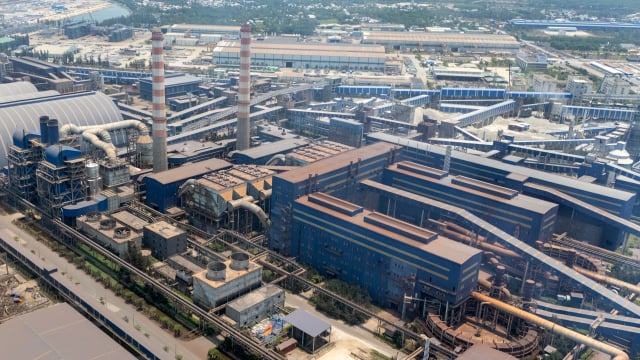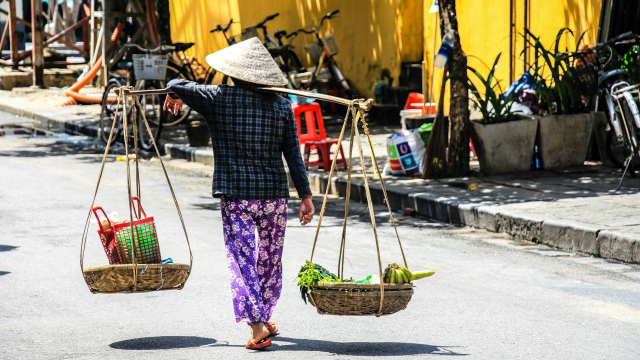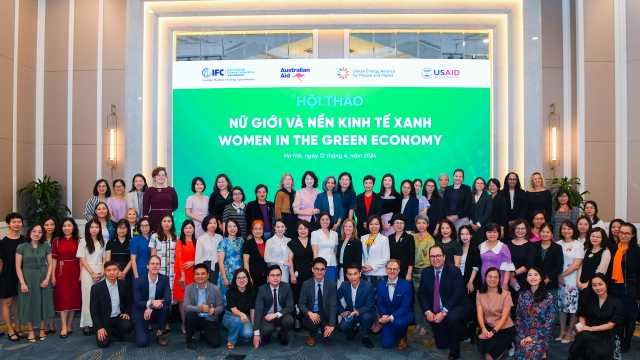The growth rate of Vietnam economy in 2018 was raised to 6.8 per cent by the World Bank, making Vietnam become one of the few countries having enhanced growth prospects.
According to “Navigating Uncertainty”, the October 2018 edition of the World Bank East Asia and Pacific Economic Update released recently, real GDP of Vietnam is projected to expand by 6.8 per cent in 2018, up from 6.5 per cent in its previous projection.
It is expected to moderate to 6.6 per cent in 2019 and 6.5 per cent in 2020 due to the envisaged cyclical moderation of global demand.
Vietnam’s economy continues to perform well, propelled by the sustained global recovery and continued domestic reforms. Robust growth is boosting job creation and income growth, leading to broad-based welfare gains and poverty reduction.
Vietnam’s GDP is estimated to have increased by 7.1 per cent year over year in the first half of 2018. GDP growth was broad-based, led by strong manufacturing growth of 13 percent, bolstered by strong external demand.
Agriculture output growth also accelerated to 3.9 per cent largely due to strong performance in the export-oriented fishery sub-sector.
Meanwhile, expansion of the service sector remained robust at 6.9 per cent underpinned by strong underlying retail sector growth supported by buoyant private consumption and record tourist arrivals.
More than 900,000 wage jobs were created in 2017 and real wages further increased by 4.3 per cent, driven by strong labor demand in the manufacturing, construction and service sectors.
However, such rapid credit expansion, which was around 17 per cent year over year in June 2018, may induce excessive risk taking and poor credit allocation and lead to associated deterioration in asset quality, World Bank emphasized.
Despite improved short term prospects, risks remain significant.
Domestically, a slow-down in restructuring of the SOE and the banking sectors could adversely impact the macro-financial situation, undermine growth prospects, and create large public-sector liabilities.
External risks include escalating trade protectionism, heightened global and regional geo-political uncertainty, and continuing tightening of global financing conditions which could lead to disorderly financial market movements.
Not only Vietnam but also other countries in developing East Asia and Pacific (EAP) have to face the same risks and challenges.
Sudhir Shetty, World Bank Chief Economist for EAP region said that: ““The regional and global integration of most economies in the region intensifies their vulnerability to external shocks.”
“The main risks to continued robust growth include an escalation in protectionism, heightening financial market turbulence, and their interaction with domestic fiscal and financial vulnerabilities,” said he.
Victoria Kwakwa, World Bank Vice President for EAP emphasized that: “This is a time for policy makers across the region to remain vigilant and proactively enhance their countries’ preparedness and resilience.”
Growth in developing EAP is expected to be 6.3 percent in 2018, lower than in 2017 due to the continued moderation in China’s growth as its economy continues to rebalance.









































